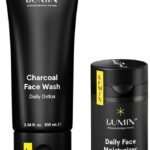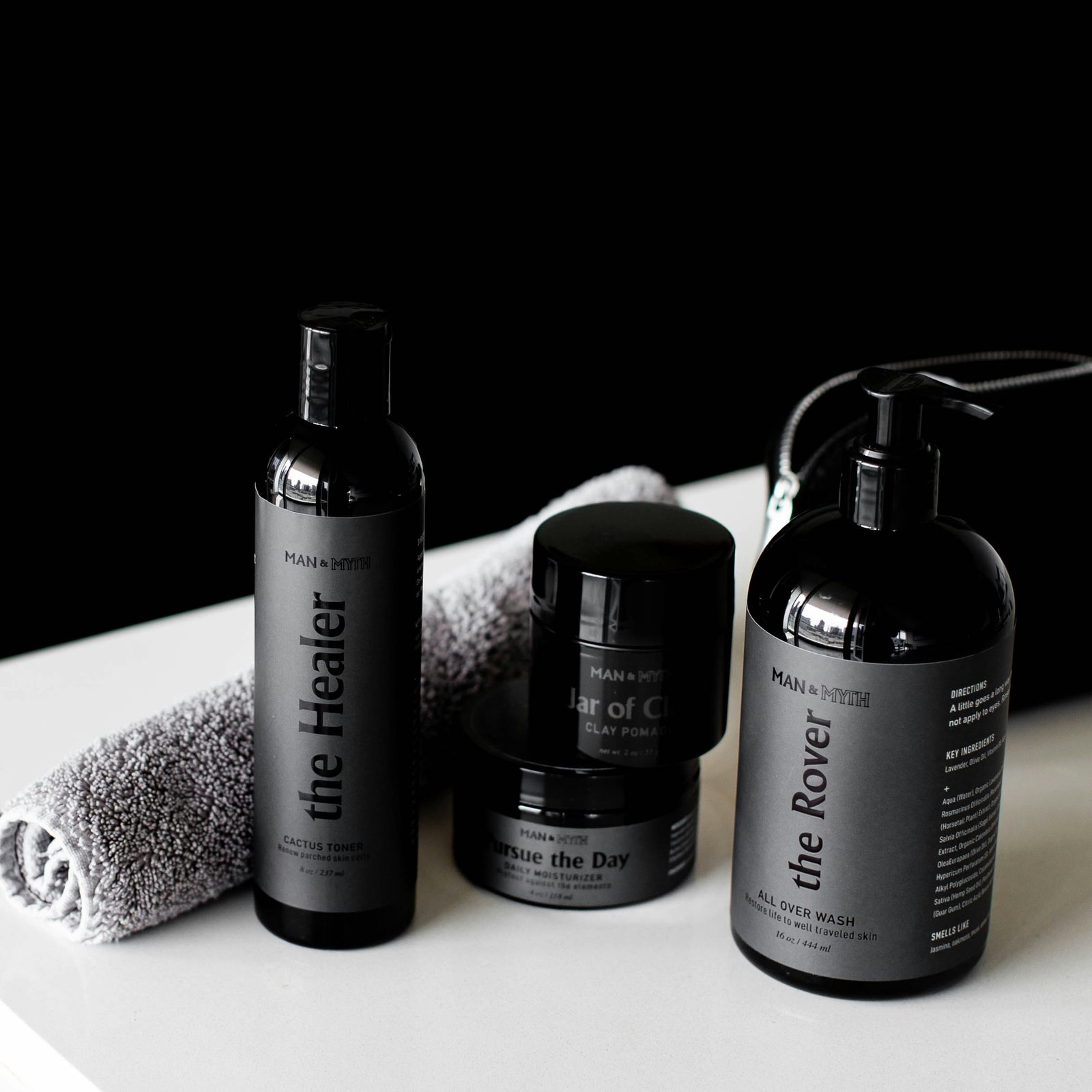Exfoliating your skin is a crucial step in any skincare routine that helps maintain a radiant, healthy complexion by removing dead skin cells, unclogging pores, and allowing fresh skin to emerge. While it may seem optional, regular exfoliation provides many benefits that contribute to long-term skin health, making it an essential part of skincare for most skin types.

Why Exfoliation is Important
Our skin naturally sheds dead skin cells, but this process can slow down as we age. This leads to a buildup of dead skin cells, resulting in a dull, uneven complexion and clogged pores, which can cause breakouts. Exfoliation aids this natural process by manually or chemically removing the top layer of dead skin cells, revealing fresher, younger-looking skin beneath.
- Brightens Complexion: Exfoliating helps remove the dead layer of skin that can make your complexion appear lackluster. By shedding this outer layer, your skin reflects light better, which results in a more radiant look.
- Unclogs Pores and Prevents Acne: Exfoliation can prevent clogged pores, which are one of the primary causes of acne. When dead skin cells and oils accumulate in the pores, they trap bacteria, leading to inflammation and breakouts. Regular exfoliation removes this buildup, reducing the likelihood of blackheads, whiteheads, and acne.
- Enhances Product Absorption: With dead skin cells cleared away, skincare products like moisturisers, serums, and masks penetrate the skin more effectively. This enhances the efficacy of these products, allowing your skin to reap their full benefits.
- Improves Skin Texture: Exfoliating regularly smoothens rough patches, softens dry areas, and can even minimise fine lines. By stimulating cell turnover, exfoliation reveals smoother, more supple skin over time.
- Anti-Aging Benefits: Regular exfoliation can boost collagen production. Collagen is the protein responsible for keeping skin firm and elastic, which naturally decreases with age. By encouraging collagen production, exfoliation contributes to firmer, plumper skin and can diminish the appearance of fine lines and wrinkles.
How Often Should You Exfoliate?
How often you should exfoliate depends largely on your skin type and the kind of exfoliator you’re using.
- For Normal to Combination Skin: Two to three times a week is generally sufficient. Normal and combination skin types can tolerate a bit more exfoliation than sensitive skin, and this frequency is usually enough to prevent buildup without over-drying.
- For Sensitive Skin: Once a week is often enough. Sensitive skin is prone to irritation, so gentler exfoliants—like mild chemical exfoliators with low concentrations of lactic acid or enzymes—are best. Physical exfoliants (scrubs) should be avoided to prevent irritation.
- For Oily and Acne-Prone Skin: Two to three times per week is usually recommended. Oily skin can benefit from exfoliation to remove excess oil, prevent breakouts, and refine pore appearance. However, over-exfoliation can cause the skin to produce more oil, so balance is essential.
- For Dry or Mature Skin: Once or twice a week with a gentle exfoliant works well. Dry skin can experience flakiness, which exfoliation helps reduce, but harsh exfoliants can lead to increased dryness. Chemical exfoliants like lactic acid or enzyme-based products are effective for this skin type.
Types of Exfoliators
Exfoliators come in two main types: physical and chemical.
- Physical Exfoliants: These include scrubs, brushes, and sponges. Physical exfoliation removes dead skin cells manually. While effective, these exfoliants can be harsh on sensitive skin if used too frequently or too aggressively.
- Chemical Exfoliants: These include AHAs (alpha hydroxy acids) like glycolic and lactic acid, BHAs (beta hydroxy acids) like salicylic acid, and enzymes. Chemical exfoliants dissolve dead skin cells without the need for scrubbing, making them gentler and more effective for deeper skin issues. BHAs are particularly beneficial for acne-prone skin, as they penetrate pores to remove excess oil and impurities.
Best Practices for Exfoliating
- Choose the Right Exfoliant: Select an exfoliant that suits your skin type and addresses specific skin concerns. For instance, glycolic acid is great for anti-aging, while salicylic acid works well for acne-prone skin.
- Moisturise After Exfoliating: Exfoliation can leave your skin more vulnerable to dryness, so follow up with a hydrating moisturiser to lock in moisture.
- Apply Sunscreen: Exfoliated skin can be more sensitive to sun exposure, so apply a broad-spectrum SPF daily to protect against UV damage.
Here are three popular men’s exfoliators on Amazon for a variety of skin types and needs:
- Brickell Men’s Renewing Face Scrub – A natural, deep-cleansing scrub formulated with pumice, coffee extract, and jojoba beads, which helps remove dead skin and prevent breakouts. Best for a powerful yet gentle exfoliation.
- Lumin – Charcoal Scrub Deep Detox for Men – This charcoal scrub features a blend of powerful ingredients designed to detoxify and clarify the skin. With activated charcoal to draw out impurities and a rich infusion of antioxidants, it’s perfect for men with sensitive skin or those prone to breakouts.
- RUGGED & DAPPER Face Scrub – A multi-functional scrub made with aloe, willow bark, and vitamin C, suitable for daily use to combat oil and impurities
Final Thoughts
Exfoliating regularly, when done correctly, can rejuvenate your skin, enhance the effectiveness of your skincare products, and boost overall skin health. By understanding your skin type and choosing an appropriate exfoliation routine, you can achieve a brighter, smoother, and healthier complexion. Just remember, moderation is key, as over-exfoliation can lead to irritation, dryness, and sensitivity.










